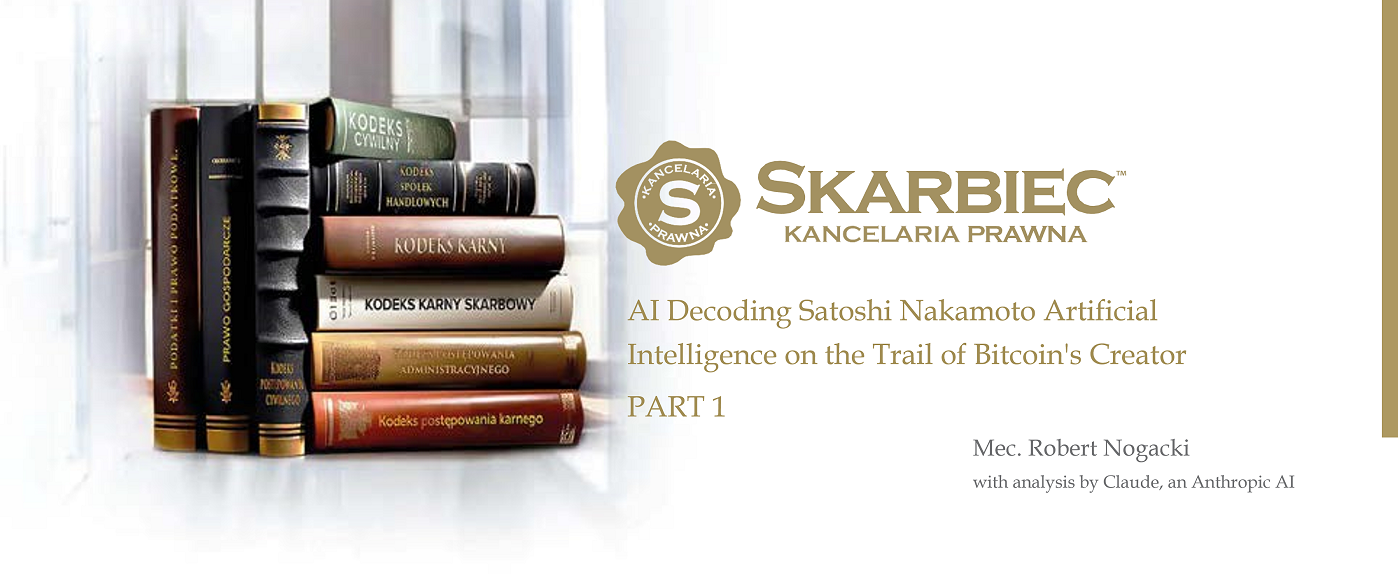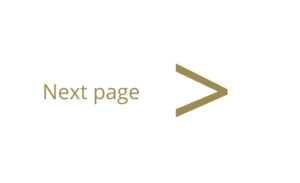
Japanese Language Patterns in the Bitcoin Whitepaper: A Deeper Analysis
Chapter 6
Author’s Note: The Japanese language analysis in this section relies on expert consultation with Claude for Japanese language verification.
Distinctive Sentence Patterns
The Bitcoin whitepaper contains several sentence structures that initially appear to mirror Japanese language patterns. However, closer examination reveals these similarities might stem from multiple linguistic influences. Let’s examine three key examples that demonstrate this complexity.
Example 1: Topic-Comment Structure
Consider this sentence: “The problem of course is the payee can’t verify that one of the owners did not double-spend the coin.”
This construction closely parallels the Japanese topic-marker structure: “問題は…というのは” (mondai wa… to iu no wa). In Japanese, this pattern typically introduces a topic followed by a comment about it. A native English speaker would more naturally write: “Of course, the problem is that...” The author’s choice to lead with the topic marker suggests possible Japanese thinking patterns.
Example 2: Condition-First Structure
The sentence “To accomplish this without a trus
ted party, transactions must be publicly announced” displays interesting parallel structure with Japanese syntax. This mirrors the Japanese construction: “信頼できる第三者なしでこれを達成するために…” (shinrai dekiru daisansha nashi de kore wo tassei suru tame ni…).
Two elements stand out:
- The preference for passive voice in technical contexts
- The pattern of stating conditions before conclusions
This structure follows Japanese technical writing conventions, where establishing context before presenting conclusions is standard practice.
Example 3: Formal Statement Patterns
The construction “What is needed is an electronic payment system based on cryptographic proof instead of trust” demonstrates another potentially Japanese pattern. It parallels the Japanese structure “必要なのは” (hitsuyō na no wa), a formal way of presenting requirements.
A native English writer might opt for more direct constructions like “We need” or “The system needs.” The author’s choice of the more formal structure aligns with Japanese technical writing conventions.
However, these patterns, while suggestive of Japanese influence, cannot definitively establish Japanese as the author’s native language.

Founder and Managing Partner of Skarbiec Law Firm, recognized by Dziennik Gazeta Prawna as one of the best tax advisory firms in Poland (2023, 2024). Legal advisor with 19 years of experience, serving Forbes-listed entrepreneurs and innovative start-ups. One of the most frequently quoted experts on commercial and tax law in the Polish media, regularly publishing in Rzeczpospolita, Gazeta Wyborcza, and Dziennik Gazeta Prawna. Author of the publication “AI Decoding Satoshi Nakamoto. Artificial Intelligence on the Trail of Bitcoin’s Creator” and co-author of the award-winning book “Bezpieczeństwo współczesnej firmy” (Security of a Modern Company). LinkedIn profile: 18 500 followers, 4 million views per year. Awards: 4-time winner of the European Medal, Golden Statuette of the Polish Business Leader, title of “International Tax Planning Law Firm of the Year in Poland.” He specializes in strategic legal consulting, tax planning, and crisis management for business.







